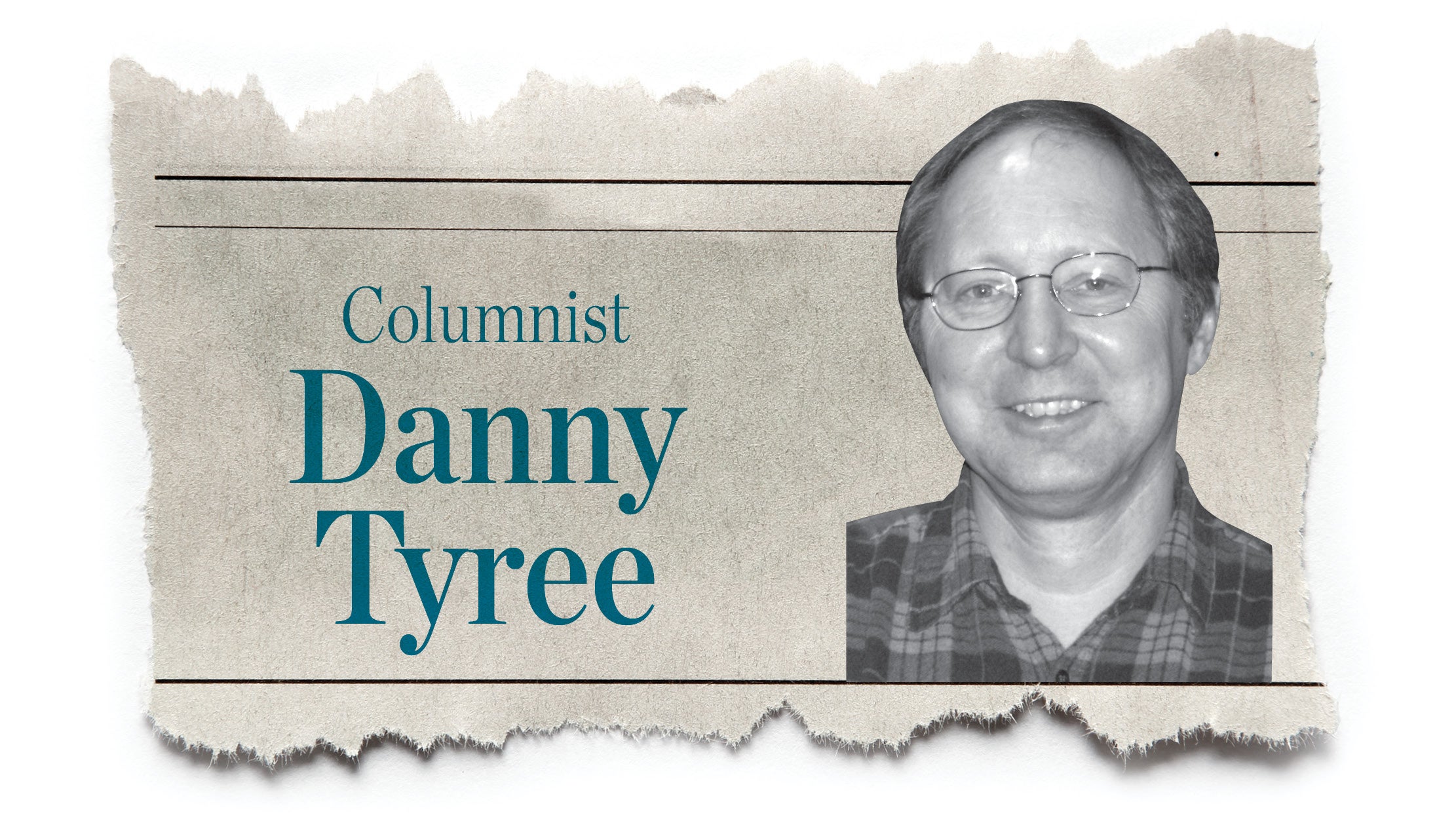Baseball’s no-comfort zone
Published 9:17 am Thursday, August 16, 2018
In a recent discussion with a Major League pitching coach about scouting opposing hitters, I thought I was being flippant when I asked: “Do you also chart umpires?” His answer surprised me. “Yes.”
As the baseball season grinds on, umpires are taking more liberties with their interpretation of the strike zone. It’s as if they are begging Major League Baseball to once and for all give computers responsibility for calling pitches.
“He favors the low strike,” a TV analyst will typically say. Or, “He waits a long time to make the call, so he’s good with curve balls.” And even, “He starts with a tight zone but it loosens up as the game goes on.”
Part of the problem is that unlike, say, the foul lines or the outfield fence, the strike zone varies from one batter to the next. The rule: “The strike zone is the area over home plate from the midpoint between a batter’s shoulders and the top of the uniform pants – when the batter is in his stance and prepared to swing at a pitched ball – and a point just below the kneecap.”
When measured electronically on TV, the zone that viewers are accustomed to seeing is an approximation. Even the most sophisticated versions of such pitch tracking require a human to establish its vertical boundaries.
Since the zone’s sides are defined by home plate, pitches there should be easier for umpires to judge uniformly. Yet, some umps crouch behind the catcher in such a way that they miss the outside strike. Or, they are fooled by sweeping curves that appear to fall into, or slide across, the zone.
Worse, as the Giants announcer Mike Krukow has said of more than one ump, “He makes you prove you can throw strikes before giving you pitches on the corners.” Really?
Baseball’s strike zone has been defined in essentially the same way since the late 1800’s. A slight adjustment in 1996 changed the bottom of the zone from “the top of the knees” to “just below the kneecap.” Given the widely differing styles of pants players wear nowadays, getting a truly uniform zone would probably require getting a uniform uniform.
An analysis in The Hardball Times confirms that almost every MLB ump calls pitches differently to his right and his left. A study published by the FiveThirtyEight blog reveals that,
“In extra innings, umpires will vary ball and strike calls in ways that tend to end the game as quickly as possible.”
The MLB commissioner, Rob Manfred, has said that technology necessary for an electronic strike zone is being quickly developed and is almost at hand. However, it is far from certain that owners and players would sanction its use.
Meanwhile, MLB teams receive daily “heat charts” showing how each umpire interprets the strike zone. Not all pitchers dwell on the data, but most take it into account before throwing a pitch.
It is often said that the best referees in sports are those whose presence seems almost invisible.
By personalizing the strike zone, umpires are doing the opposite. More than ever, they seem bent on stealing home.
Peter Funt is a writer and speaker. He can be reached at www.CandidCamera.com.





